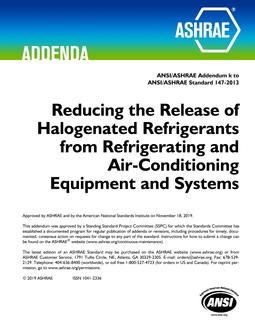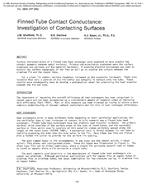Calibrated simulation is the process of using an existing building simulation computer program and “tuning†or calibrating the various inputs to the program so that observed energy use matches closely with that predicted by the simulation program. The two primary reasons for adopting this approach is that it allows (1) more reliable identification of energy savings and demand-reduction measures (involving equipment, operation, and/or control changes) in an existing building and (2) increased confidence in the monitoring and verification process once these measures are implemented. Historically, the calibration process has been an art form that inevitably relies on user knowledge, past experience, statistical expertise, engineering judgment, and an abundance of trial and error. Despite widespread interest in the professional community, unfortunately no consensus guidelines have been published on how to perform a simulated calibration using detailed simulation programs. ASHRAE initiated a research project (RP-1051) intended to cull the best tools, techniques, approaches, and procedures from the existing body of research and develop a coherent and systematic calibration methodology that includes both “parameter estimation†and determination of the uncertainty in the calibrated simulation. This paper provides a pertinent and detailed literature review of calibrated simulation techniques, describing their strengths, weaknesses, and applicability, thus serving as a precursor to reporting the results of the research project in subsequent papers.
Units: SI
This paper is the same as:
4844 – Literature Review on Calibration of Building Energy Simulation Programs: Uses, Problems, Procedures, Uncertainty, and Tools
Citation: Symposium, ASHRAE Transactions, vol. 112, pt. 1
Product Details
- Published:
- 2006
- Number of Pages:
- 15
- File Size:
- 1 file , 160 KB
- Product Code(s):
- D-27969


